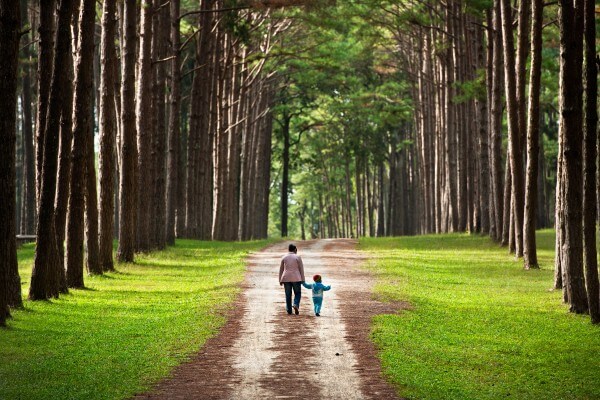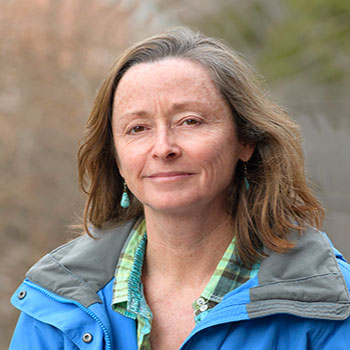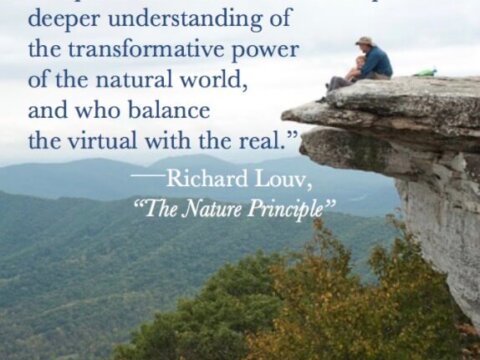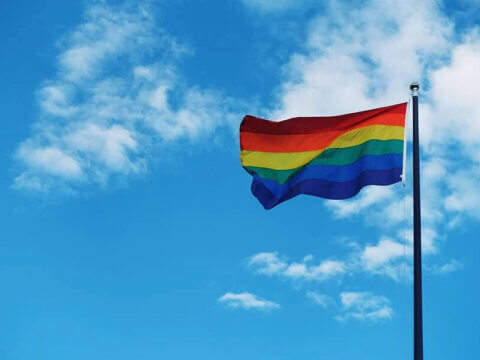BALM IN GILEAD: Racism as an Environmental Issue, Nature as a Healing Force
While reading the recent horrific headlines, I remembered Dr. Gail Cristopher’s powerful keynote during the 2016 Children & Nature Network International Conference in May. Dr. Christopher talked about nature as a healing force, particularly for people suffering from trauma. She called nature “a Balm in Gilead,” a biblical reference to a perfume that doubled as medicine in ancient times.
Enslaved African Americans turned the phrase into a powerful Negro spiritual, one of the songs that fueled spiritual resistance to slavery and inspired the Civil Rights Movement. The first line of the song “There is a Balm in Gilead” is “There is a balm in Gilead to make the wounded whole.”
I experienced nature as a balm, personally, after living through Hurricane Katrina in New Orleans. Our home and neighborhood were destroyed; 90 of our neighbors drowned. I was teaching journalism in New Orleans at the time. I’d never cared much about environmental issues before Katrina. But when the levee collapsed and filled our house with water, nature was no longer an abstract concept. I became so depressed that I could not sit inside in front of a computer screen.
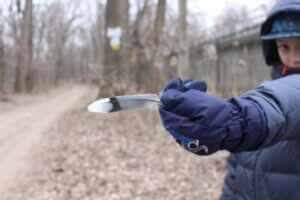
I began spending hours very week outside watching scrappy little sparrows in the ruins of the backyard. I knew nothing about birds, but the more I watched them, the better I felt. Suddenly, they had become my Balm in Gilead.
Because of this bird journey, I’ve been teaching environmental studies at universities for six years. I created a community-based course called “Birding to Change the World” to connect my undergraduates to the real world outside of the campus bubble, and to get them outside. I want to share that Balm of Gilead with them.
 In the course, I train them to be enviro-mentors, pairing them one-on-one with a child at a local school for the semester. Every week my class and I go to the school to meet with the kids in our “Nature Club.” Birds are accessible to kids in urban areas; they are our teachers. We walk a mile together to a swampy wood where we learn and play together for two hours. Many of the children are kids of color.
In the course, I train them to be enviro-mentors, pairing them one-on-one with a child at a local school for the semester. Every week my class and I go to the school to meet with the kids in our “Nature Club.” Birds are accessible to kids in urban areas; they are our teachers. We walk a mile together to a swampy wood where we learn and play together for two hours. Many of the children are kids of color.
Every week my students spend at least an hour birding in the city to prepare for their work with the children. Most of my college students are white. In their journals they write week-after-week, year-after-year of idyllic afternoons, walking with their assigned child sometimes hand-in-hand, marveling over a Bald Eagle perched along the bike path or a Great Blue Heron stalking in a marsh. In six years of teaching I cannot remember a single journal entry where that experience was infected by fear. They might be afraid of their kid breaking a bone or falling out a tree, but they are not afraid of the people we meet on our weekly walks.
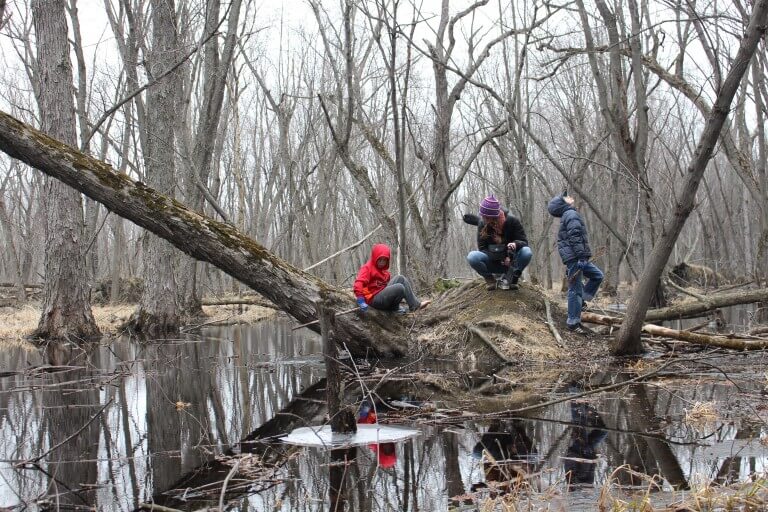
The kids named this place Swag Muffin Island.
My students of color experience many magical moments, too, outside with our kids. But what I’ve learned is that their experiences can differ radically from white students. In Madison, two students of color commented that white people stared at them and gave them “confused looks” as they walked through city parks and neighborhoods wearing binoculars. A Latina student who enjoyed birding could not shake the fear that she was invading someone’s privacy when walking through white neighborhoods. A student of color this semester in Vermont (where I now teach) was relieved that she could pair up to go birding with a white student. She shared that she would be too afraid to look in bushes for birds in a white city by herself.
I am sending my students out to watch birds, yet some students of color fear that they are the ones being watched.
This spring, another student of color in Vermont wrote that he could not shake the fear that, during our weekly walk, a pickup truck would slowly approach and an angry white driver would shout racial epithets at him and his young bird buddy, a child of color. It’s not his imagination. During the last week of college, an Uber taxi driver shouted “Go back to Africa!” at this student in downtown Burlington. He does not want his young co-explorer to experience the world the way that he does. This UVM student is a budding ornithologist who has fallen deeply in love with birds. Where is nature as the Balm of Gilead when he fears walking down the street?
These weekly birding assignments have become a stark reminder of the racism in both states where I’ve taught. My students’ stories also reflect a national reality. Leisure scientist Patrick West, who studied park use by different ethnic groups developed the “fear of racial hostility” hypothesis. West documented how blacks in Detroit used urban parks less than whites because of a potentially hostile environment. New York ethnographers Setha Low, Dana Taplin and Suzanne Scheld in their 2005 study of Prospect Park found that fear of racism could inhibit park use by African Americans. They interviewed a group of black boys, asking “What do you like least about the park?”. One answered, “White people run away! We don’t run. We’re not scared of them—why they scared of us? They be like, ‘Uh-oh, there come some black guys.”
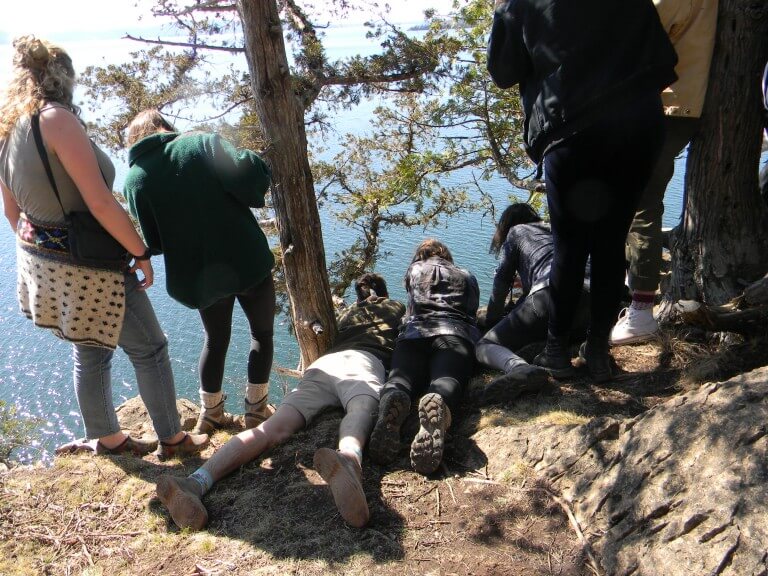
Students examine a peregrine falcon nest on a cliff.
When 17-year-old Trayvon Martin was gunned down in Florida wearing a hoodie, I was teaching this course at the University of Wisconsin in Madison. An 11-year-old named Dakari was the star of our nature club. Dakari could identify birds without binoculars. He could scan our neighborhood marsh and predict when a turtle was going to surface. He found species #116—a Barred Owl—in a city park and showed up on my doorstep with an owl pellet to prove it. Dakari also happened to be black. As I watched the news, I began to fear what could happen to him, poking around a city park and my neighborhood in a hoodie. Black conservation biologist Drew Lanham points this out in “9 Rules for the Black Birdwatcher.” Rule No. 3: “Don’t bird in a hoodie. Ever.”
When I started this teaching, I assumed that, for all of my students, my Balm in Gilead could become theirs. I never imagined that asking them to go birding could make some of them uncomfortable, even fearful. As a privileged white person in the US, I’ve never had to think about being safe outside.
Today, we turn on the TV, laptops or phones and see a war zone in our country. We are in shock watching the scenes in Dallas. But the war zone is not news for too many people for whom simply going on a routine errand can mean a death sentence—never mind going on a wilderness hike or birding in shrubby suburbs. Our environmental movement is fueled by empathy. We empathize with trees, with birds, with endangered animals and waters and mountaintops. Surely we can empathize with endangered humans, some of whom belong to this movement. Let’s make police reform and rooting out white supremacy environmental issues. Join a community group to combat racism and begin the lifelong work of changing our culture.
Here are four beginning tools I use in my community and classroom:
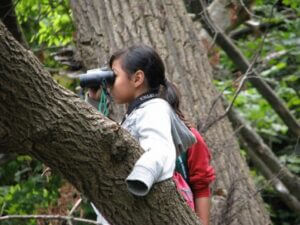 Dr. Christopher emphasized the importance of combatting unconscious bias. Read Harvard sociologist Mahzarin Banaji’s “Blindspot: Hidden Biases of Good People” to understand how the attitudes we are unaware of can lead to discrimination. Implicit bias can also kill when a police officer with a gun has to make a split-second “gut” decision;
Dr. Christopher emphasized the importance of combatting unconscious bias. Read Harvard sociologist Mahzarin Banaji’s “Blindspot: Hidden Biases of Good People” to understand how the attitudes we are unaware of can lead to discrimination. Implicit bias can also kill when a police officer with a gun has to make a split-second “gut” decision;- Banaji also designed online unconscious bias tests. Take an anonymous test in a few minutes. Challenge your organization, your neighbors, your family members, your students to take the tests;
- Ta-Nehisi Coates’ book “Between the World and Me” is a letter to his young black son explaining why the world is a dangerous place for him. Start a book club with this book;
- Peggy McIntosh’s short “White Privilege: Unpacking the Invisible Knapsack” is another great tool for self-study. I am using it to unpack my white environmentalist knapsack.
Dr. Gail Christopher speaking on children, nature and equity at the 2016 C&NN Children & Nature Conference
Photo Credits: Shuttershot, Emily Peters, Jack Kloppenburg and Trish O’Kane.
Organizations:
Essays from the New Nature Movement
- THE NATURE OF EQUITY: An Interview with Dr. Gail Christopher
- RESTORING PEACE: Six Ways Nature in Our Lives Can Reduce the Violence in Our World
- WHAT A LEADER LOOKS LIKE
- PEACE LIKE A RIVER: There’s a Time for Hyper-vigilance and a Time to Pay a Different Kind of Attention
- THE FIERCE URGENCY OF NATURE: New Generation Works for Human Right to Connect with Natural World
C&NN Resources
-
Network News
Earth Day: Young leaders advocate for change
-
Feature
Nature photographer Dudley Edmondson has a vision for the representation of Black and Brown faces in the outdoors
-
Richard Louv
EARTH MONTH: You're part of the New Nature Movement if....
-
Voices
Placemaking: How to build kinship and inclusive park spaces for children with disabilities
-
Network News
Children & Nature Network founders release report on global factors influencing the children and nature movement


